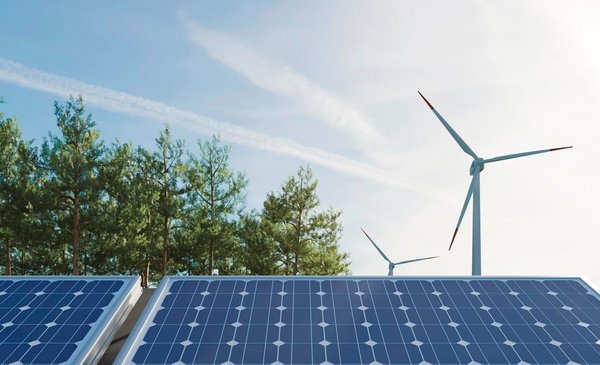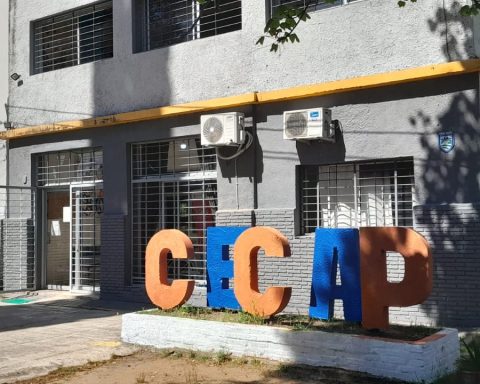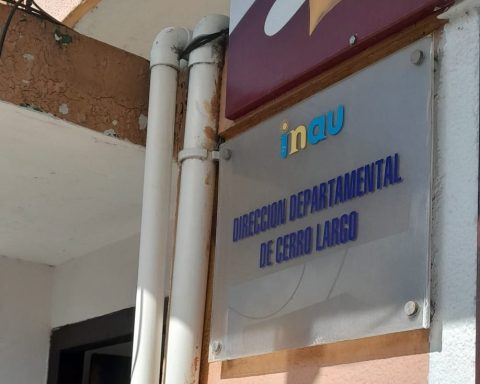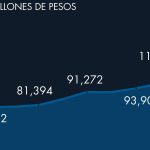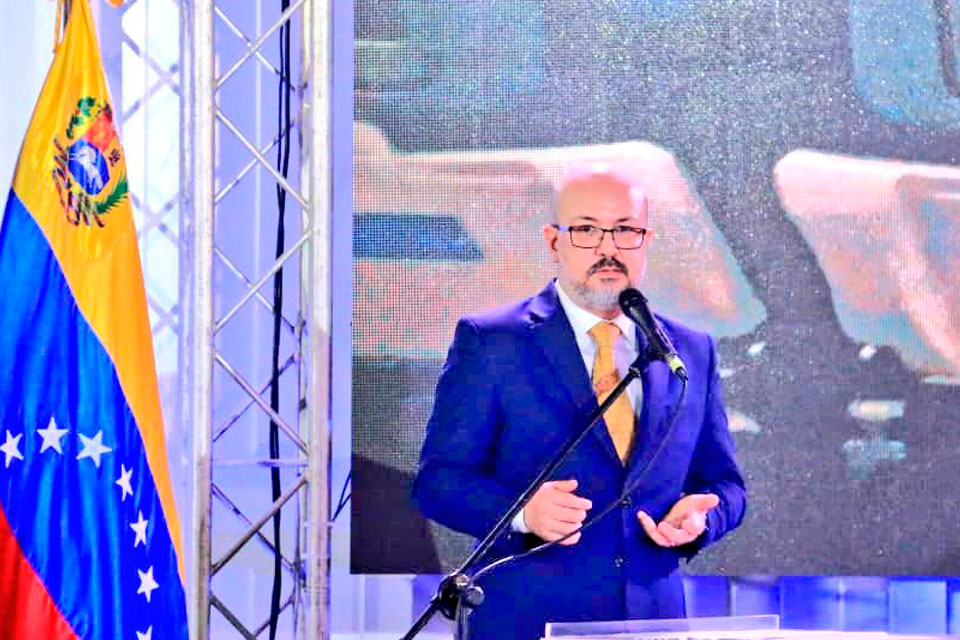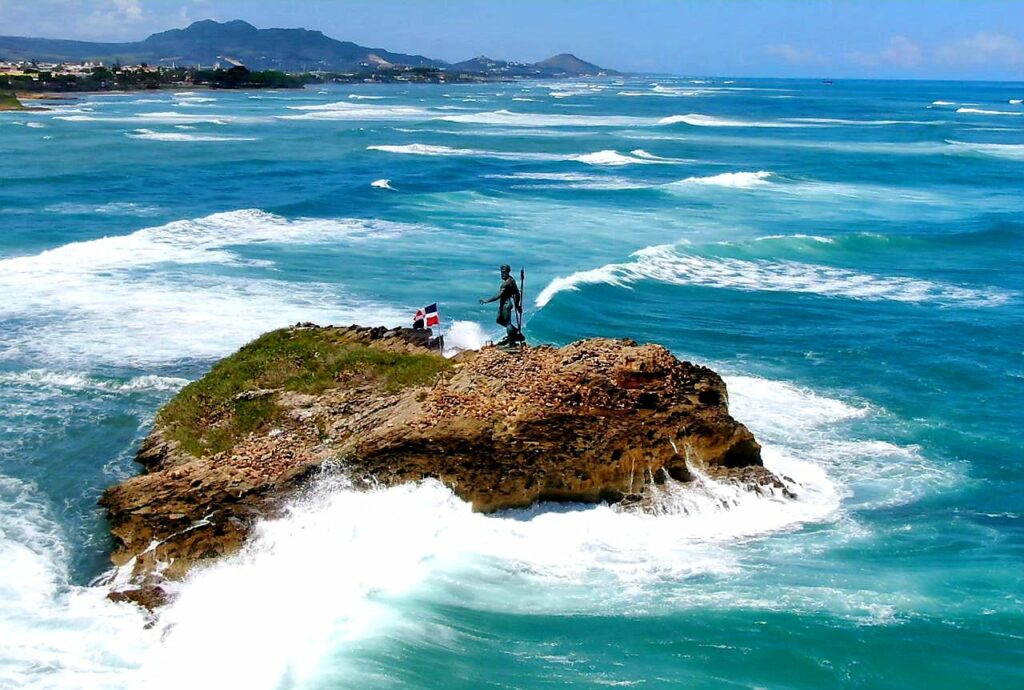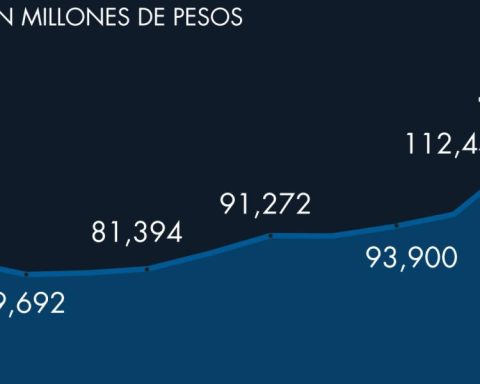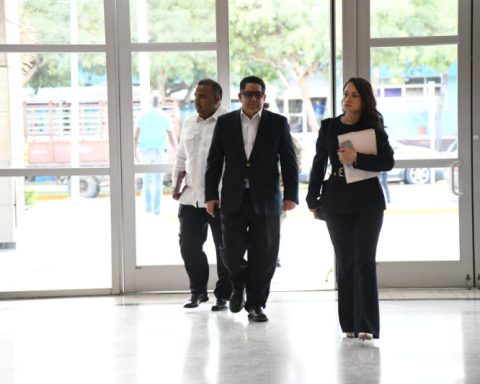By Ec. Marcelo Pérez
Climate change has obvious repercussions and has implications for the economy, despite not seeing it as clearly as war” in Europe. With these words, economist Bárbara Mainzer began her speech on sustainable finance, in front of members of the National Academy of Economics and CFA Society Uruguay, an organization led by her that brings together experts in economics.
On September 14, the President of the European Commission announced the creation of a Development Bank for the promotion of green hydrogen (green H2) in Europe, in which US$ 3,000 million will be allocated to help build the future market . The Inter-American Development Bank and the World Bank have just formalized financing for US$750 million for the same sector. This, without a doubt, represents a clear sign of acceleration of the energy transition. It is that, although it seems strange, Germany, the green country of Europe, has had to burn coal again as a result of the restrictions generated by the conflict between Russia and Ukraine.
The ambitious goals of developed countries in decarbonizing their economies by 2050 present significant challenges. The estimates of the main analysts suggest that the production capacity of green H2 will not exceed 50% of its needs, which opens a clear opportunity for emerging economies.
The production of green H2 requires the availability of clean energy, generated from cheap and renewable sources, as well as availability of access to large volumes of water.
Why the green H2?
Green hydrogen represents an opportunity at a global level, mainly for the reduction of greenhouse gases in those sectors and industries where it is very difficult to reduce emissions, such as cargo transport, both land, maritime and aeronautical, together with the heavy industries such as steel. Likewise, it presents a high level of complementarity and combination with other energy sources.
Can Uruguay be part of this solution?
95% of the electricity produced by Uruguay between 2014 and 2020 came from renewable sources. But in particular Uruguay has a strong potential for surplus production from wind and solar energy. There are hours of the day when the capacity to produce energy from these sources is greater than their demand. Typically, wind farms produce energy during the early hours of the morning, where the needs of people and industries are notoriously less, and, to the extent that energy cannot be stored, it could potentially be lost. The latter, along with the availability of water, position us as a real alternative for a market that could generate US$2.1 billion a year.
Now, does Uruguay have the infrastructure to transport it?
First of all, the port of Montevideo together with the Central Railway represents a logistics combination with high potential. And this without taking into consideration new railway developments that may allow transportation to the port of Montevideo at a reasonable cost. We also have river routes, but they have a level of variability that does not always allow their use.
In addition, without a doubt we have a dense road network, which will be reinforced by the current duplication projects that allow the adequate coexistence of cargo transport with private passenger transport. Therefore, Uruguay’s infrastructure agenda also presents a great complementarity, either for the green H2 to be transported to the main ports of Europe, or if the strategy involves introducing it into the main value chains of the regional heavy industry. .
One of the questions that arise is what is the type of insertion that Uruguay should carry out. If the potential export to the USA and Europe, with the risk implied by the possibility of Africa becoming the future supplier for pipelines, or being a regional player, thinking for example of the steel industry in Brazil. Therefore, this requires not only thinking about how Uruguay is capable of generating H2, but also about how the conditions will be created so that the public infrastructure can allow adequate connectivity at reasonable prices.
